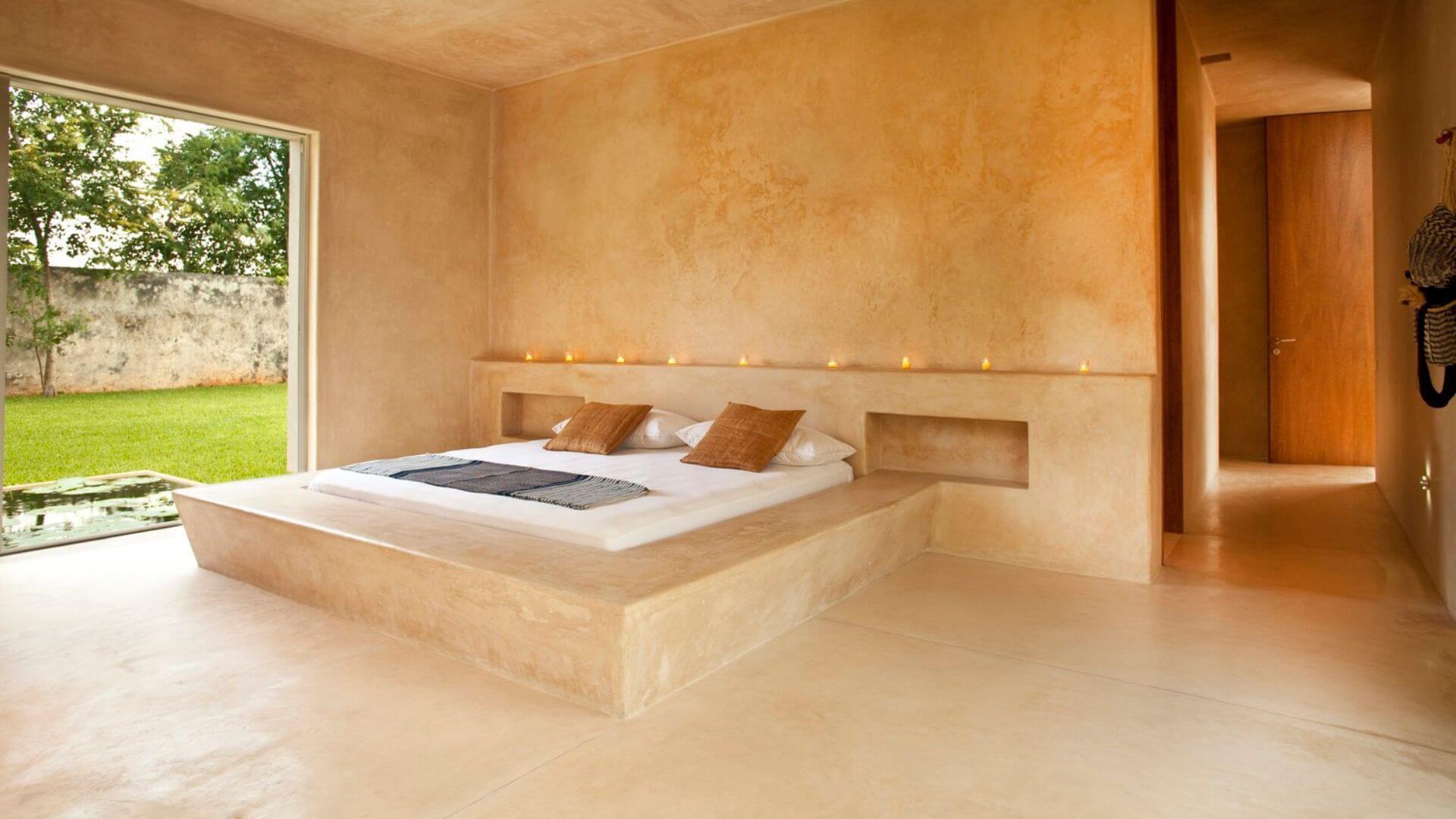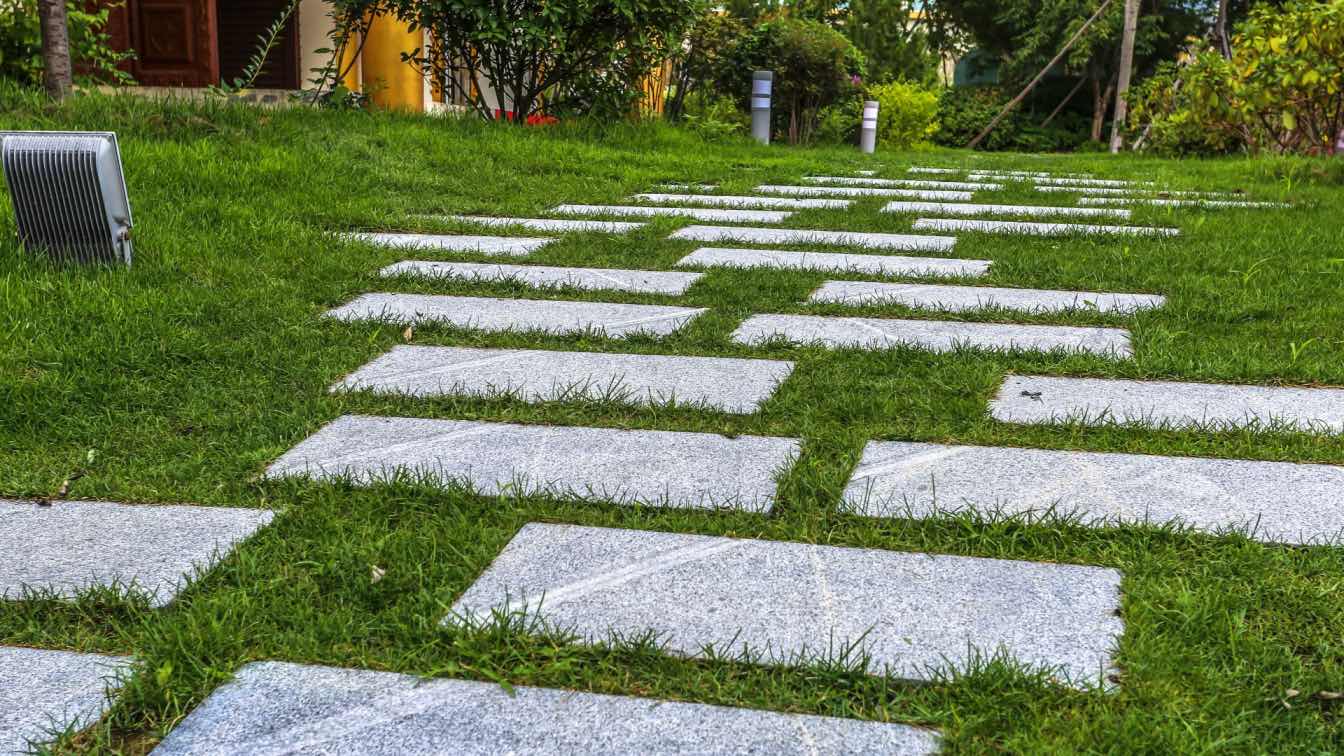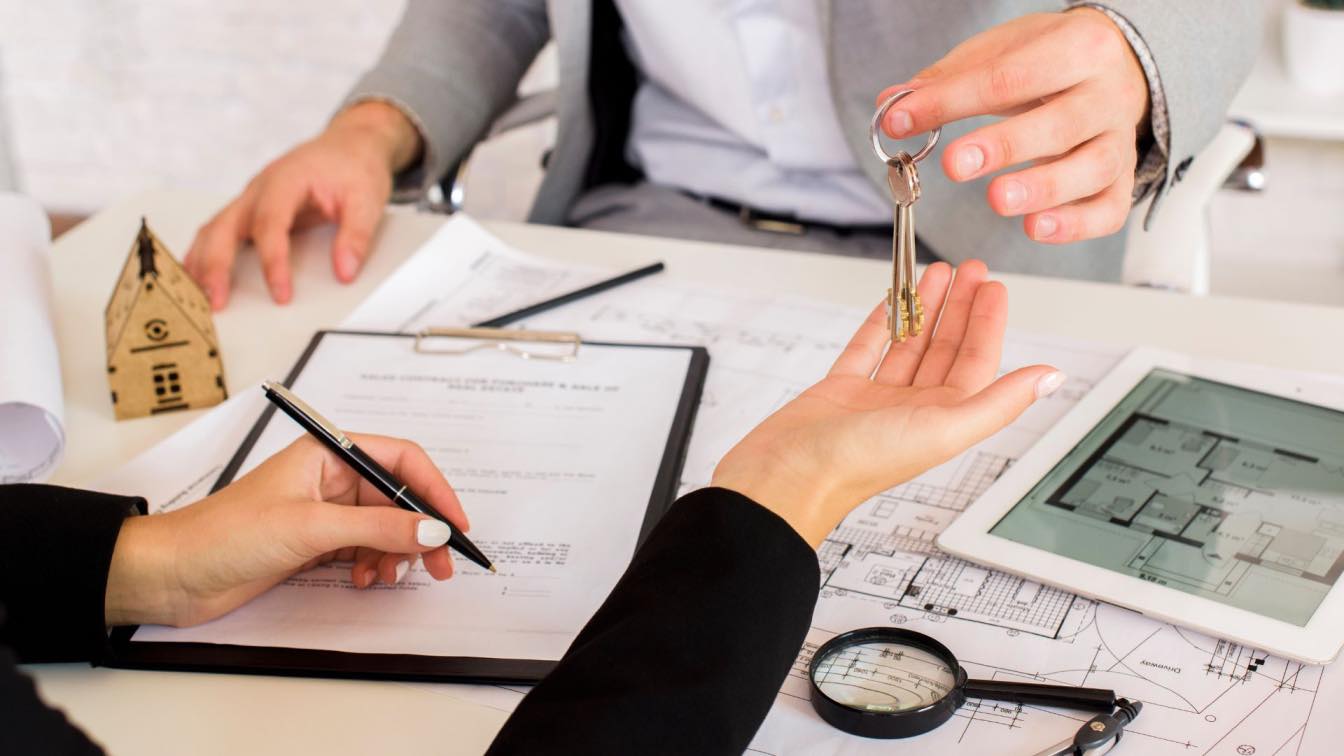Building a home from scratch gives you lots of flexibility over design elements. You get to make more conscious choices on stylistic features and resources and can shape your space in many different ways with varying design implementations.
One of the most popular routes people take when building their home is opting for a personable and eco-friendly space—using repurposed materials allows you to achieve just that. Explore these three different ways to use repurposed material in your home and design a house that’s full of characteristic charm and environmental initiatives.
Stone Collages and Mosaics
Customized countertops leave behind an assortment of scrap pieces of stone. Most of those scraps are too small to build a new countertop, making them deemed a waste product. Instead of letting those stone cuttings go to landfills, repurpose them into a collage. Pieces of stone and tiles give you many different shapes and colors, perfect for a mosaic image.
Mosaics flourished in the Byzantine Empire. They frequently appear in Roman, Greecian, and eastern-influenced architecture, implementing a one-of-a-kind design feature to spaces. Take the stone scraps and curate a stone collage for a statement design in your home, a unique backsplash, or colorful flooring.
Exposed Wooden Beams
Exposed wooden beams are a signature staple to rustic and farmhouse-inspired design aesthetics. The beams add detail and charm to spaces. Some exposed beams also function as practical support systems providing a two-in-one architectural component.
Using repurposed and old-growth trees are one of the key characteristics of hand-hewn beams. The use of old or recycled wood adds to the textural design and look of hand-hewn woodwork, producing a particular charm and essence. Give your home some personality with exposed wooden beams made from hand-hewn, repurposed wood.
Flooring and Tiling
Your home’s floor space provides you with a large surface area to work with, allowing you to experiment with different materials. Whether you want tiled, stone, or wooden flooring, all design variations give you the opportunity to opt for repurposed material resources over new ones. Many places use scraps to form new tiles and floorboards, providing you with something new made from something old. Give your home a foundation of repurposed flooring and add a sustainable aspect to a major part of your space’s design.
You can create architecture that reduces your carbon footprint in many ways. One of these ways is opting for repurposed materials. Use some of these different implementations of repurposed materials in your home and design a space that looks good, all while doing good.





